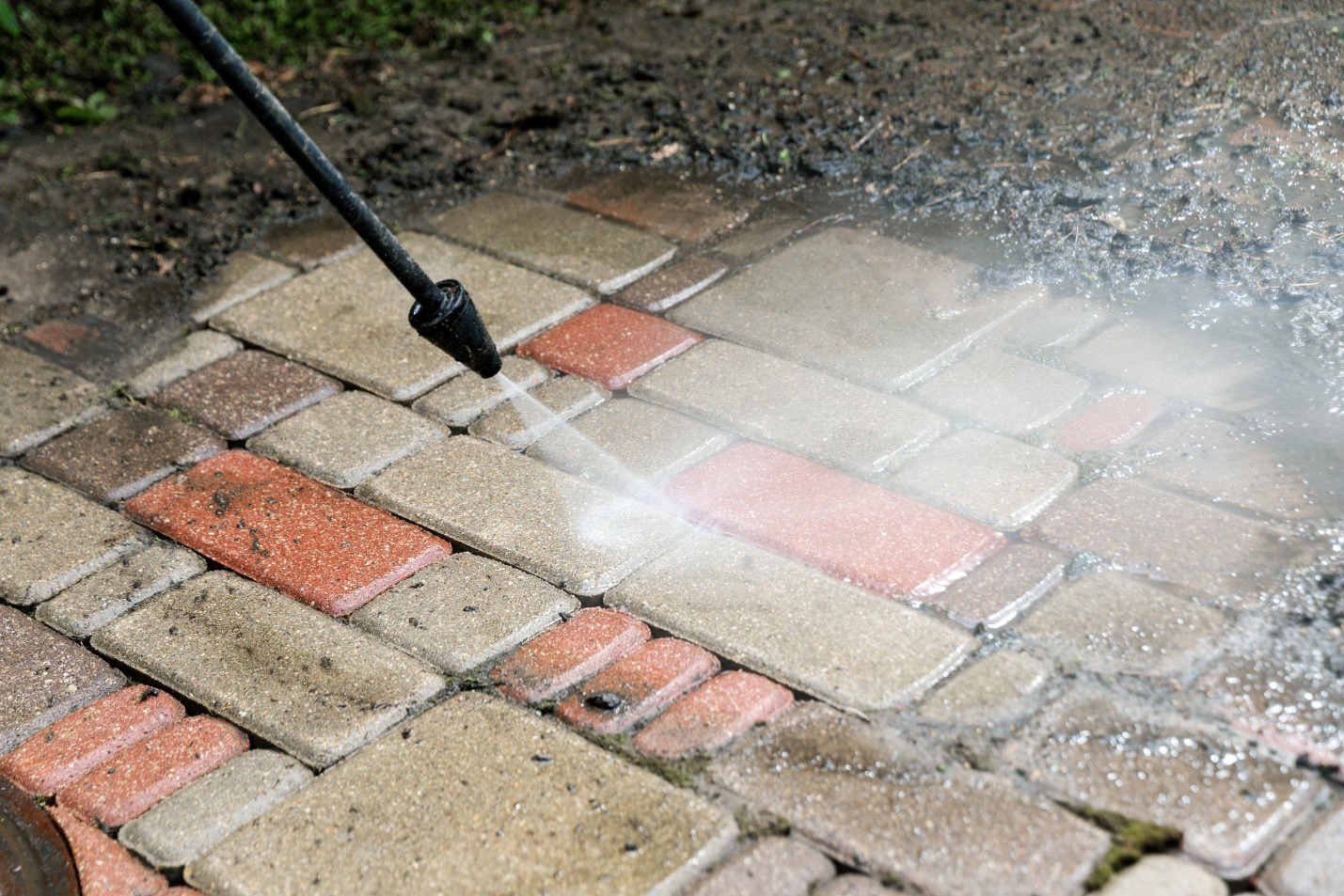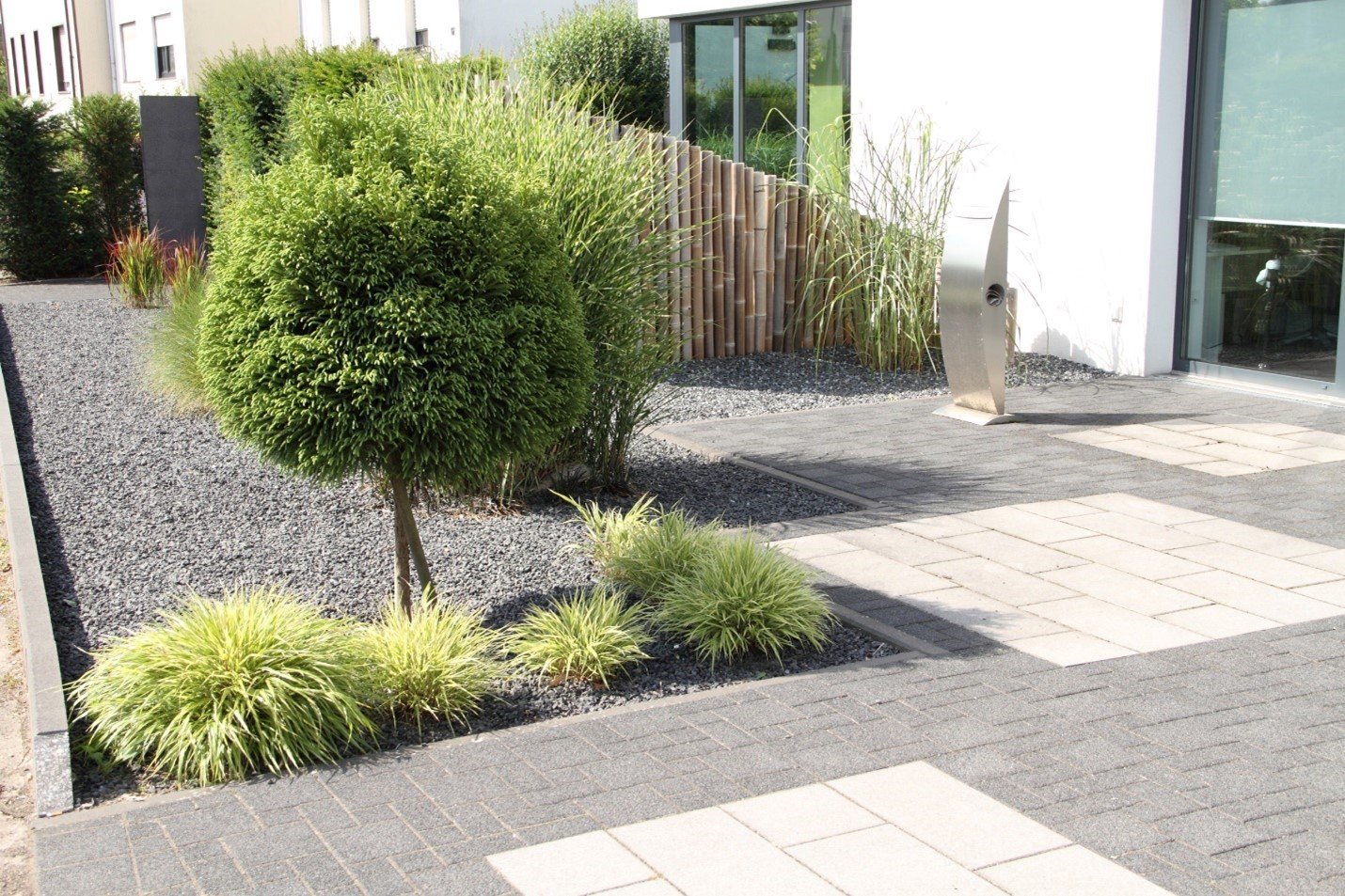
The Comprehensive Guide to Sealing Pavers
Nicolock Paving Stones patio pavers are one of the most durable materials available for decks and walkways. A good sealer helps prevent fading, stains, joint sand washout, and weed growth. Sealing pavers can also revitalize a weathered patio. Let's look at when and how to seal paving stones for many years of great looks.
When Do You Seal New Pavers?
You should wait 6-12 months after installing pavers before sealing them. Sealant should generally be reapplied every three to five years.
The Best Way to Seal Pavers
There are two primary types of sealers for pavers: water-based or solvent-based. From there, you have options for sealing pavers with a wet look, satin look, natural look, or glossy look. Some even include special color-enhancing formulas.
The basic process for sealing pavers is as follows:
- Always test the product on a small hidden area of approximately 4 sq. ft. to ensure results meet your expectations
- Remove all stains from the pavers and clean the entire area using recommended cleaning products
- Ensure that joints are filled with sand (polymeric is recommended, you may have to wait 24 hours to seal after sanding)
- Make sure the paving stones are dry and no rain is expected
- Apply 1 coat of sealer using a sprayer in 60 sq. ft. sections
- Use a water base foam roller to remove excess sealer left on the surface
- Let the sealer dry for at least 24 hours before walking or placing any furniture on it

How to Fill Paver Joints with Sand
Consider sealing the joints with polymeric sand if you have a considerably worn patio. This fine sand is mixed with a binding agent that hardens and binds to the pavers when activated with water. It's a great way to strengthen joints and stabilize paving stones.
Here is the basic method for sealing pavers with sand:
- Thoroughly clean the paver surface.
- Roll your bag of sand and pour it onto the paving stones.
- Use a broom to spread the sand and help guide it into the joints.
- Remove any excess sand from the paver surface.
- Dampen the sand using a garden hose set for a fine mist.

Other Considerations
Here are a few rules of thumb for sealing pavers before and after the sealant is applied.
- Take your time. Rushing a project at any stage, from how well you clean the surface to not letting the sealer dry enough, can be disastrous for the final result.
- Clean, clean, clean. Even small amounts of dirt, debris, or mildew can prevent a sealer from sticking - or worse, seal those imperfections to the surface.
- More isn't always better. Paving stones need to "breathe" so that water vapor can escape. Too much sealer will lock moisture in, potentially causing peeling and a blushed white appearance.
- Maintain your sealer. A little maintenance will help your paver sealer last even longer. Use a leaf blower to remove leaves and debris before they cause stains, and rinse off any dirt sooner rather than later.
